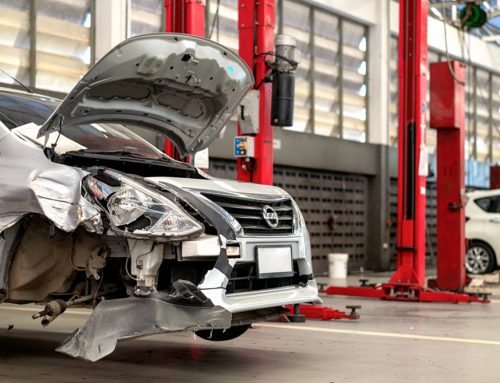
It is the winter of 2022 and while visiting shops in Orlando, Charles sees a Red Lobster restaurant. In Quebec, the brand disappeared in the late 1990s, and Charles is always happy to travel and renew with this source of comfort that is seafood. Since 2019, he’s been looking forward to travel again just to set foot in this restaurant. His mouth starts watering as he enters their parking lot.
He walks in and there are a lot of people waiting. Half of the restaurant is closed with a red cordon and dozens of seats are free, yet people are lined up in the entrance. There are literally several free places. A potential client in line calls for the manager who informs the crowd that he doesn’t have enough staff to open the entire restaurant to customers.
The client understands and asks the manager if he and his family could sit in the free area and sip a drink while waiting for their table. The manager refuses. He doesn’t even have enough staff to serve drinks.
This manager knew how to say no, and he understood that the consequences of saying yes could be worse than those of saying no.
Saying no may have catastrophic consequences, but with some analysis and hindsight, we realize that saying yes is sometimes worse. We must choose the lesser of two evils.
At the Shop
Refuse work. This may sound horrible to some. However, with the ongoing staff and parts shortage, some shops would like to say no just to breathe a bit.
It is true that saying no to our partners, whether they are insurers or dealers, is sometimes difficult, if not impossible. Our contracts are often unequivocal about this.
There are often more opportunities to say “yes, but not now” to a repair. This answer may pay off as much or even more than a flat no.
No one is very good at saying no, whether it’s to their wife’s friend, their business partner, or their brother-in-law. Yet, that no could serve you as an entrepreneur and your customers.
Why Say no to a Repair (or Yes, But Later)?
It is not enough to be able to repair a vehicle, it is also important to do so in a way that is profitable for the workshop and that offers a good customer experience.
The timing for planning repairs is often one of the most critical decisions that will determine whether these repairs will be a failure or a success for your business.
By failure or success, we refer to your ability to do repairs that serve your business, keep your team engaged, your customers happy, your production deadlines healthy and deliverables with acceptable profitability.
When to Say no to a Repair (or Yes, But Later)?
- When your partners are out of rental cars, or you have no more loaner vehicles for your customers.
- When your shop’s workload (WIP) is too high.
- When a repair is too complex for your team, and you risk exceeding the hours on the estimate. It can be as simple as refusing to do rust repairs because your team doesn’t really have the expertise and you’re overloaded with collision work.
- When parts are unavailable and it’s impossible to know when they will be.
- When you are missing team members and therefore cannot cope with your usual workload.
- When the type of repair does not meet your aspirations as a body shop entrepreneur.
Example:
During the pandemic, when the volume of work was very low, we often saw shops working on pet projects such as rebuilding a ’69 Chevrolet. That was probably a good time to say yes, to keep the team busy. Normally, unless it’s your speciality, that’s another story, but otherwise you’ll find that these projects have a very mixed level of profitability, especially when you start accounting for the more profitable work that you didn’t get to do while you were working on this type of project. It is true that these projects are cool, they are a source of pride, and you can certainly use them as a marketing tool.
Solutions for a Better Yes
Change the capacity according to the team. Be aware that if you have recently lost people in your team who are not being replaced or are being replaced by lower performers, then your capacity to take on work will have to change, or you will be overwhelmed, and your workload will drag down your profitability.
Change your capacity according to your agreements with your partners. They promise you volume. If you have been working with them for a few years, you can study their request history. This guarantees you work, but you must consider your capacity, as you no longer have access to it to accommodate repairs and therefore risk being buried under your workload.
Make deals with body shop allies. We all have our strengths and weaknesses and the same goes for body shops. Be aware of your limitations and don’t hesitate to work with partners who complement you to assign them more complex, specialized work or your overflow.
Conclusion
The important thing is not to say no, but to say yes if you have the winning conditions to remain productive and profitable by accepting repairs. In short, we need to learn to say yes better.





